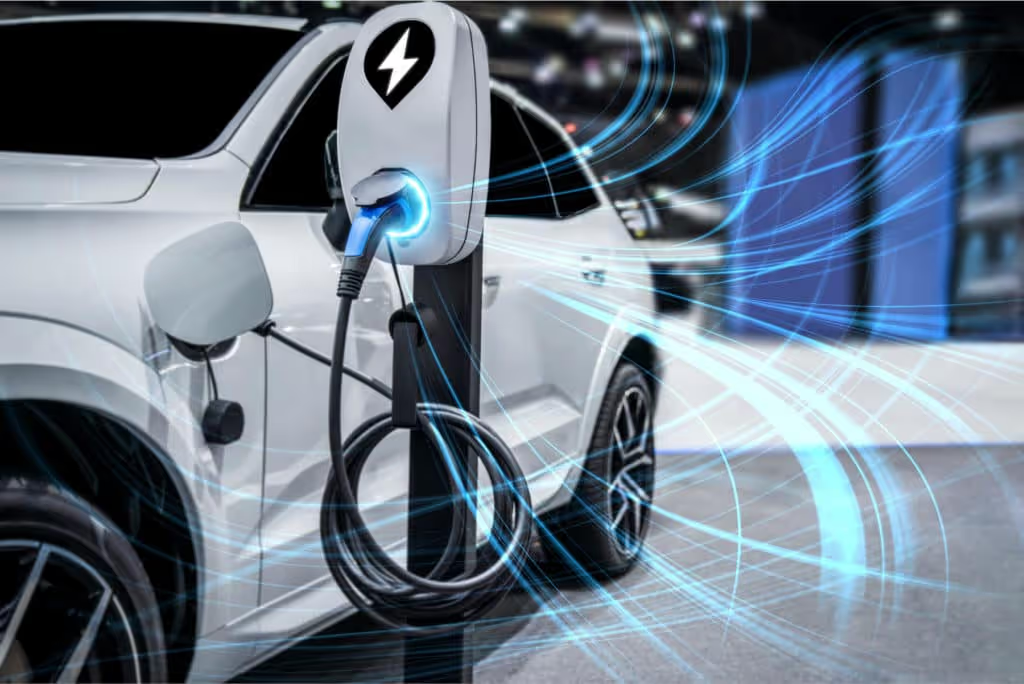In the fast-paced world of electric vehicles, the rise of fast-charging hubs is a game-changer for urban EV infrastructure. According to Bloomberg Green, the global market for EV fast-charging stations is expected to grow by 40% annually, fueled by increasing EV adoption and technological advancements. With cities worldwide pledging to reduce carbon emissions, fast-charging hubs are poised to play a crucial role in making electric mobility more accessible and efficient. In this article, we’ll explore how these hubs are transforming urban landscapes, improving charging convenience, enhancing battery technologies, and what this means for the future of sustainable transportation.
The Evolution of Urban EV Charging Infrastructure
Pioneering Fast-Charging Technologies
Electric vehicle charging technology has come a long way since the early days of slow, cumbersome charging stations. Today, fast-charging hubs can replenish an EV battery in mere minutes. Tesla’s Supercharger network leads the pack with over 45,000 charging stalls globally, allowing Tesla owners to charge up to 200 miles in just 15 minutes. Meanwhile, companies like Rivian and Hyundai are also investing heavily in their fast-charging networks, aiming to make EV charging as quick and convenient as refueling a traditional car.
- Tesla: Supercharger V3 technology delivering up to 250 kW
- Rivian: Adventure Network with 200+ charging points planned by 2023
- Hyundai: Ultra-fast chargers offering up to 350 kW
Urban Density and Charging Accessibility
The introduction of fast-charging hubs in urban areas addresses a critical challenge: limited space. As cities like London and New York face growing urbanization, the demand for accessible charging infrastructure intensifies. According to a study by Reuters Mobility, 60% of urban EV owners lack private garages, making public charging infrastructure indispensable. Fast-charging hubs strategically located in shopping centers, parking lots, and transit hubs provide the necessary convenience for urban dwellers.
- Key Locations: Shopping malls, public parking areas, transit stations
- Accessibility Benefits: Reduced range anxiety, easy integration into daily routines
Enhancing Battery Efficiency
Fast-charging technology is not only about speed; it’s about efficiency and longevity of EV batteries. Advances in battery technology, as reported by Battery University, have led to the development of batteries that can withstand frequent fast charging without significant degradation. Solid-state batteries, for instance, promise faster charging times and higher energy density, making them ideal for urban fast-charging applications.
- Solid-State Batteries: Improved energy density and charging cycles
- Battery Management Systems (BMS): Enhance battery life and performance
Practical Tips for Using Fast-Charging Hubs
How to Use Fast-Charging Hubs Effectively
- Plan Your Route: Use apps like PlugShare or ChargePoint to locate nearby fast-charging stations.
- Check Compatibility: Ensure your EV is compatible with the charging standard at the hub (e.g., CCS, CHAdeMO).
- Monitor Charging Speed: Fast-charging hubs vary in power delivery; opt for stations that offer the highest kW for quicker charging times.
What to Compare When Choosing a Charging Hub
- Charging Speed: Compare kW ratings for faster charging times.
- Cost: Some hubs offer subscription models or pay-as-you-go options.
- Network Coverage: Evaluate the availability of charging stations within your frequent travel areas.
Where to Buy or Access Fast-Charging Services
- Tesla Owners: Access the extensive Supercharger network.
- Other EVs: Utilize networks like Electrify America, ChargePoint, and Ionity for diverse charging options.
Conclusion: The Future of Urban EV Charging
Fast-charging hubs are revolutionizing urban EV infrastructure by providing a robust, efficient, and accessible charging solution for city dwellers. The integration of fast-charging technologies into urban environments not only alleviates range anxiety but also supports the broader adoption of electric vehicles as part of a sustainable future. As battery technology continues to advance, and more cities commit to reducing carbon footprints, the role of fast-charging hubs will likely expand further. What do you think the future holds for urban EV infrastructure? Are fast-charging hubs the key to widespread EV adoption, or is there another solution on the horizon? Share your thoughts and join the conversation as we drive towards a cleaner, greener future.

